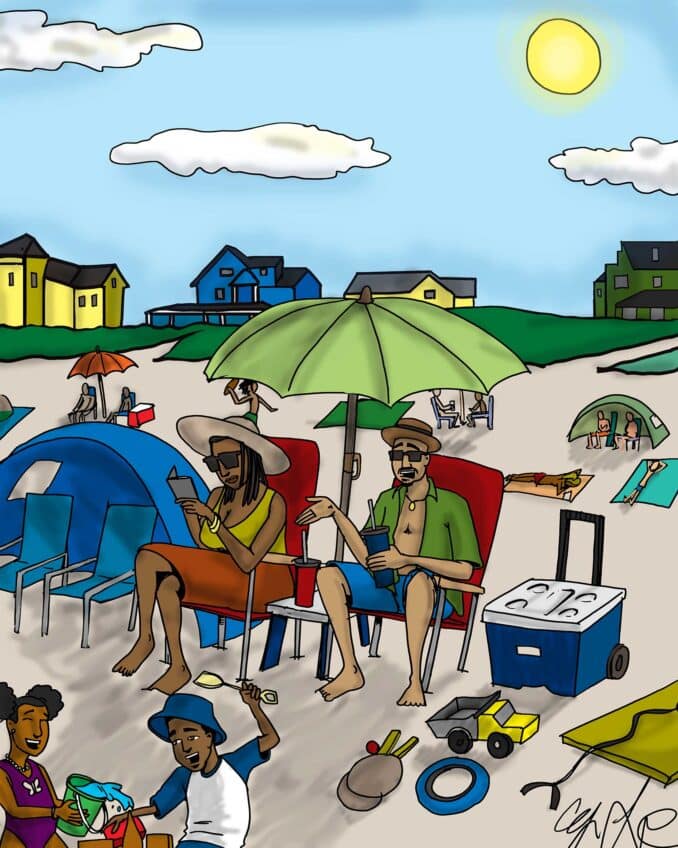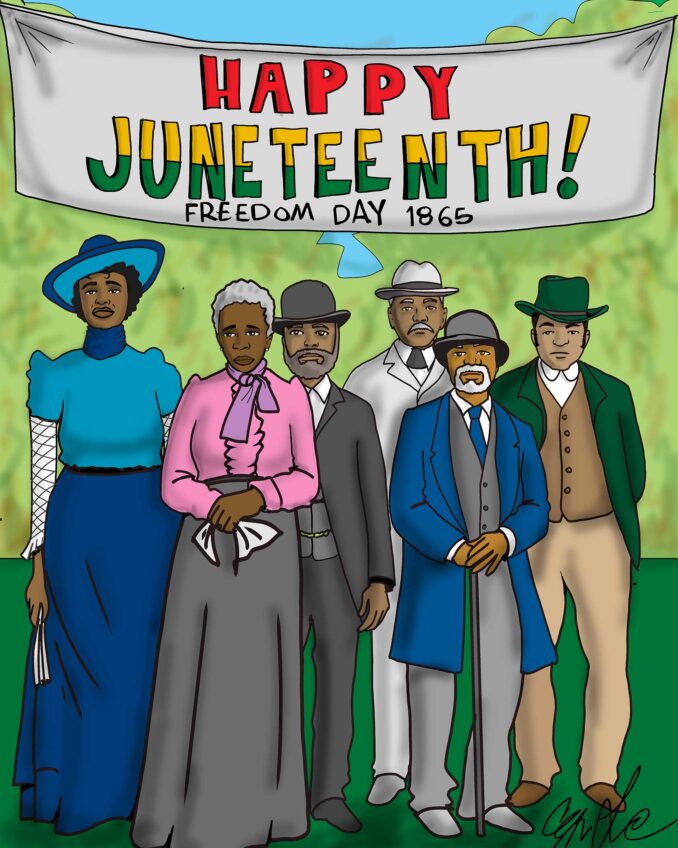Hope in unlikely places: Citizen solutions
In his recent address to Congress, President Barack Obama acknowledged that hope is found in unlikely places. Now he can tap into people in those unlikely places to renew America.
People expect the president to solve an array of formidable challenges, such as creating good-paying jobs, providing health care, strengthening energy independence and improving public schools.
Fortunately, the president can draw on the experience of the most accomplished Americans to help find the answers — not only the well-known wise men and women selected to fill positions in Obama’s Cabinet, but regular people who solved these problems in their own communities.
Just about any problem anywhere has been solved by someone somewhere. The challenge is to identify these solutions, incorporate them into national policies, and help states and local communities put proven solutions into practice.
As a former state senator, President Obama knows he can find solutions in surprising places. For instance:
– In education. Urban schools around the country have dropout rates of up to 50 percent and, also troubling, college-bound rates of only 10 percent. Yet in New York City, Deborah Meier founded Central Park East, a public high school in Harlem where 90 percent of students graduate and 90 percent of graduates attend college.
– In crime. Incarcerating 2 million people in prison costs about $50 billion a year, plus the cost of building prisons and wasted lives. Despite the expense, over 70 percent of released inmates commit crimes again and return to jail. But at the Delancey Street Foundation’s rehabilitation center in San Francisco, criminals and drug addicts turn their lives around and become productive citizens. There’s no cost to taxpayers, since the center is financed by businesses run as training programs by the residents.
– In health and science. About 1 million people have autism and severe problems with language and social interaction. Yet the Son-Rise Program in Sheffield, Mass., has helped hundreds of families enable children and adults with autism to improve in all areas of learning and communication, sometimes experiencing dramatic improvement.
Solutions like these can be found all over the country. But as it stands, there is no systematic way to identify them and build on best practices in the social sector. Successful business innovations are often adopted by other companies, but that’s rarer for social innovations.
A White House Office for Solutions would be a clearinghouse for projects that are already working in fields such as education, prison reform, environment and energy. It would provide a vital link between the creativity of the American people and the government.
Establishing such an Office for Solutions would launch a nationwide treasure hunt inviting citizens to find the best of what’s working in their area. For example, educators could report on the best schools. People in community safety groups could report on the best ways to reduce crime.
Citizens would become “Solution Scouts,” discovering breakthrough solutions and reporting them to the White House Office for Solutions. The office would vet the recommended programs, sending the best to the appropriate federal agency.
Solutions could be made available to the public and elected officials nationwide through a Web site and regional conferences. For example, successful models of education would become available to governors, mayors, teachers and parents. In this way, a breakthrough anywhere can become a breakthrough everywhere.
By building on what works, we can dramatically improve the quality of life for millions of people — and for billions of dollars less than we currently spend.
Just imagine: If even 10 percent of current prisoners were enrolled in a Delancey Street-style rehabilitation center, we could help 200,000 people leave lives of crime and drugs, and become productive members of society. And we could do it all for $5 billion dollars less annually than we would have spent to jail them.
Likewise, if just 10 percent of people with autism had access to programs like the Son-Rise Program, we could help about 170,000 people and their families nationwide experience dramatically better results for less than half of the current treatment cost.
The White House Office for Solutions would have broad appeal among Democrats, Republicans, Independents and others, moving us beyond partisanship to partnership. It would give substance to our yearning for change, and give all citizens an opportunity to help our country.
Eleanor LeCain is a Washington, D.C.-based speaker and writer, and the president of the World Innovation Network, which identifies and builds on solutions to social problems. She also formerly served as an assistant secretary of state in Massachusetts.






